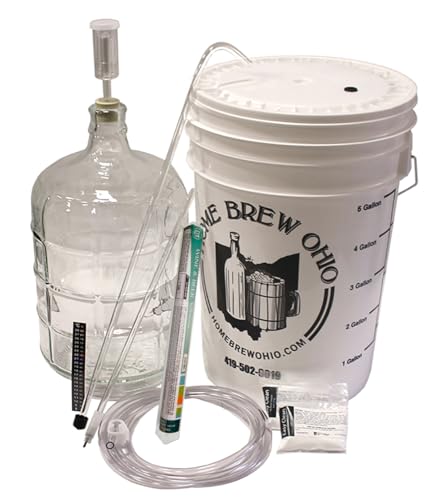I thought my other answer was to long and from the first sit I pulled up. I found this on Jack Kellars website.
The timing of the transfer has long been the subject of debate. In most of the 20th century, the commonly accepted procedure was to ferment for three to five days and then transfer regardless of specific gravity. The set number of days was usually arrived at by averaging the time it took to ferment enough sugar to reduce the specific gravity to between 1.050 to 1.030. The idea was to get the wine under airlock so it could begin a true anaerobic fermentation, or fermentation without access to oxygen. The reason for this is because this is when the yeast converts sugar into alcohol and carbon dioxide while extracting energy from the transformation. More recently, it was discovered that yeast create a micro-anaerobic environment around themselves as they submerge by using whatever oxygen atoms are trapped in the spaces between molecules surrounding them. Only when they float up to the surface are the possibly exposed to oxygen, and after the first 48-72 hours atmospheric oxygen has been replaced with carbon dioxide created by fermentation. Thus, the old idea of getting the wine under airlock quickly to create an anaerobic environment was shown to be mostly irrelevant and a new practice was adopted.
Today the accepted practice is to keep the wine in the primary until the vigorous fermentation subsides. This normally occurs at around specific gravity 1.010. As the vigorous fermentation subsides, the production of carbon dioxide slows considerably and oxygen is able to migrate down through it to the surface of the wine. Free sulfur dioxide still protects much of the surface wine from absorbing oxygen, but sulfur dioxide is a gas and slowly escapes the wine. The intermolecular spaces vacated by the sulfur dioxide are filled either with carbon dioxide rising through the wine or by oxygen scavenged from the atmosphere by the wine -- a natural ocurrance. So, as the vigorous fermentation subsides, the wine becomes more vulnerable to oxygen uptake. This is the best time to transfer the wine to secondary.
I found this to be a better answer. Take a look at his site is has a lot good infomation.
Dave



















































